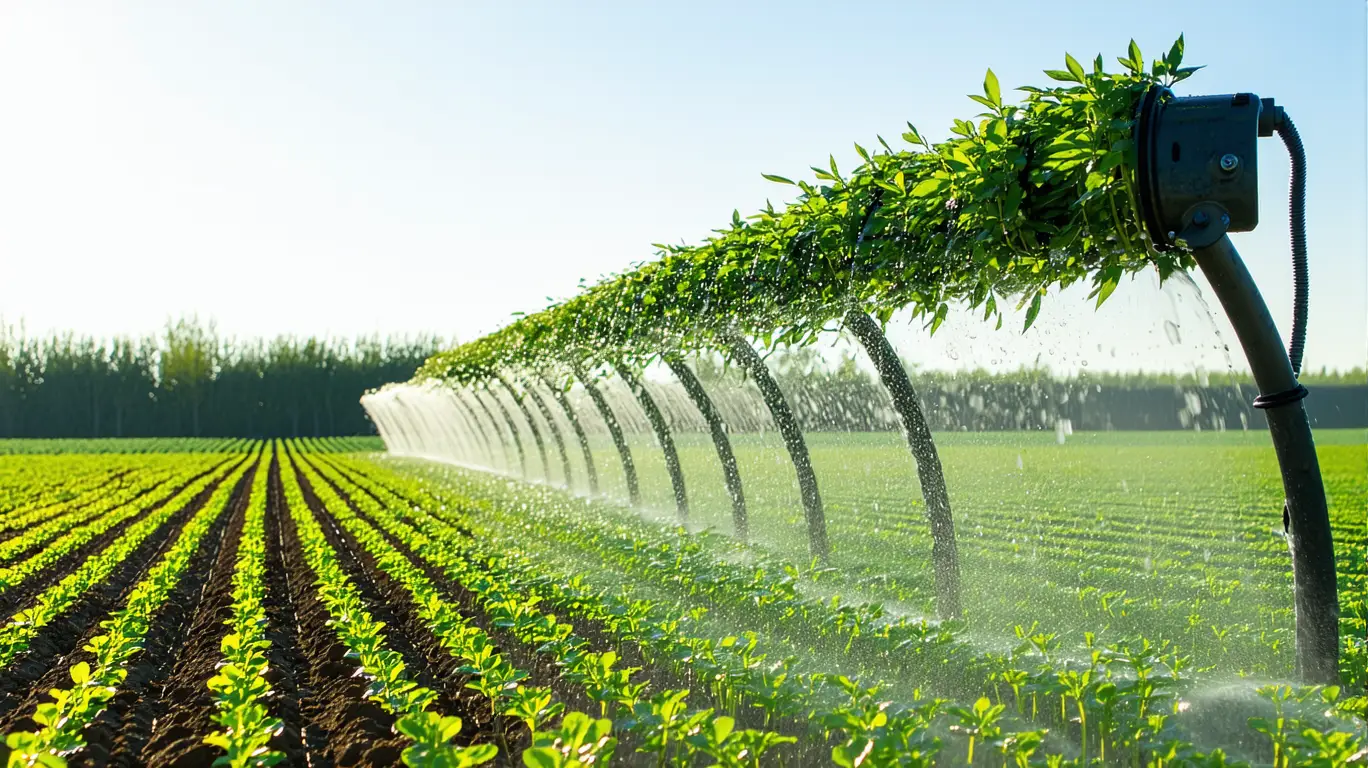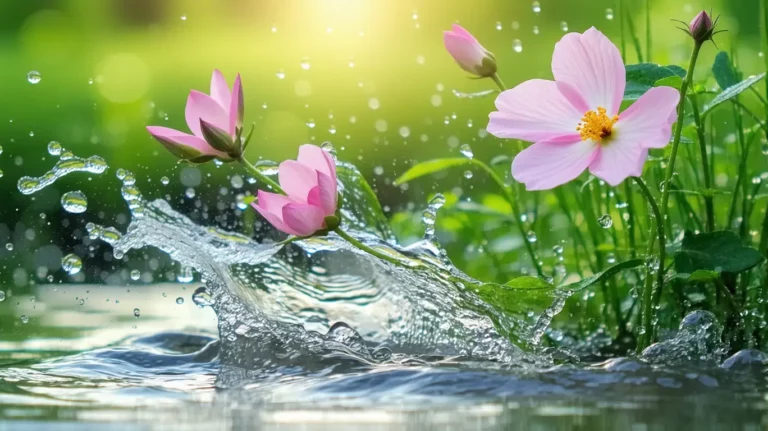
Sprinkler systems, successful installation and maintenance
Summary of this article
Different Types of Irrigation Systems
- Drip irrigation: ideal for vegetable gardens and flower beds
- Rotary sprinklers: perfect for lawns
- Soaker hoses: excellent for hedges
- Oscillating sprinklers: suitable for medium-sized areas
Recommended Flow Rate Guide by Area
| Garden Area | Irrigation Type | Recommended Flow Rate | Frequency | Optimal Time |
|---|---|---|---|---|
| Lawn | Sprinklers | 15-20 L/m²/h | 2-3 times/week | Dawn/Dusk |
| Vegetable Garden | Drip | 4-6 L/m²/h | Daily | Early morning |
| Flower Beds | Soaker hose | 8-10 L/m²/h | 3-4 times/week | Morning |
| Hedges | Drip | 6-8 L/m²/h | 2 times/week | Evening |
Spring System Preparation
The success of your irrigation system begins with careful preparation in spring. Here are the essential steps to follow:
- Complete inspection of pipes
- Cleaning filters and nozzles
- Checking seals and connections
- Testing water pressure
- Programming the automatic system
Installation and Optimization
Installing an irrigation system requires precise planning. Start by creating a detailed plan of your garden, indicating the different zones and their specific water needs.
For a successful installation, consider dividing your garden into irrigation zones. This approach helps optimize water pressure and adapt irrigation to the needs of each plant.
Regular Maintenance
A well-maintained irrigation system can last for many years. Here are the essential maintenance tasks to perform regularly:
- Monthly filter cleaning
- Weekly nozzle inspection
- Seasonal program adjustments
- Fall system purging
Eco-friendly Solutions and Water Conservation
As responsible gardeners, we must consider the environmental impact of our watering practices.
Installing a rainwater collector and using moisture sensors can significantly reduce our water consumption.
New technologies offer smart solutions like connected programmers that adapt to real-time weather conditions.
Expert Tips for Optimal Irrigation
- Water early in the morning to limit evaporation
- Favor deep watering rather than frequent watering
- Use mulch to maintain moisture
- Install backflow valves to protect your system
By following these recommendations and adapting your irrigation system to the specifics of your garden, you’ll create ideal conditions for optimal plant growth while preserving our water resources.
A well-designed and maintained irrigation system is an investment that pays off year after year.
Remember that each garden is unique, and don’t hesitate to adapt these tips to your particular situation. Together, let’s create sustainable and thriving gardens!



Laisser votre commentaire